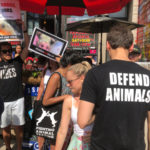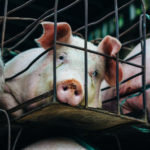Animal Agribusiness Practices Could Cause a Homegrown Pandemic
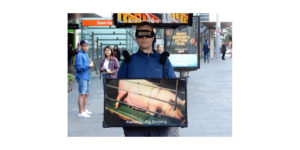
The onset of the COVID-19 pandemic was no surprise for scientists. Many had been warning that a disease with the ability to spread rapidly through communities across the globe was sure to make the jump from an animal host into human society sometime soon.
Indeed, the emergence of zoonotic diseases – illnesses with an animal origin that skip to humans – has been progressively increasing since the appearance of Ebola in the 1970s. Of late, there’s been SARS, swine flu and mad cow disease.
The concern that a new disease would suddenly take hold was so great that a number of organisations, including the Gates Foundation, staged a coronavirus pandemic simulation called Event 201 in New York City last October.
Despite Trump’s ravings about COVID-19 being created in a Chinese laboratory, the most authoritative version of its origins puts it down to having emerged in a wet market in Wuhan, where it’s thought to have jumped from pangolins into bats and then onto humans.
Wet markets are ideal disease breeding grounds, as animals are kept in squalid, crowded conditions. However, as the cause of Gates’ mock pandemic – farmed pigs in South America – suggests, the conditions involved in animal agribusiness make it the most likely source of the next pandemic.

Antigenic shifts
COVID-19 “is not the first zoonotic disease to come from animals forced to live in filthy conditions”, explained NSW Animal Justice Party (AJP) MLC Emma Hurst. “Previous pandemics, including swine flu and bird flu, have emerged from animal agribusiness.”
“There is a ticking time bomb in our own backyard,” she continued, “and it is time we started to talk about it, because with farming becoming more intensive, the threat of more deadly animal borne diseases is on the rise.”
“Cramped confinement and squalor” is how Hurst describes the conditions that farmed animals are being subjected to at factory operations across the country. Conditions that include living in their own waste, and the built-up waste of others, make these animals “perfect vectors for disease”.
And the AJP politician is pointing to the current lockdown as being the perfect opportunity to rethink whether NSW wants to continue on with this mode of food production that has globally led to outbreaks of mad cow disease, SARS and swine flu.
“Zoonotic disease outbreaks are not new,” Ms Hurst told Sydney Criminal Lawyers. “When we keep animals in cramped, horrific conditions, we invite disease. The animal agribusiness industry is killing more than its intended victims.”
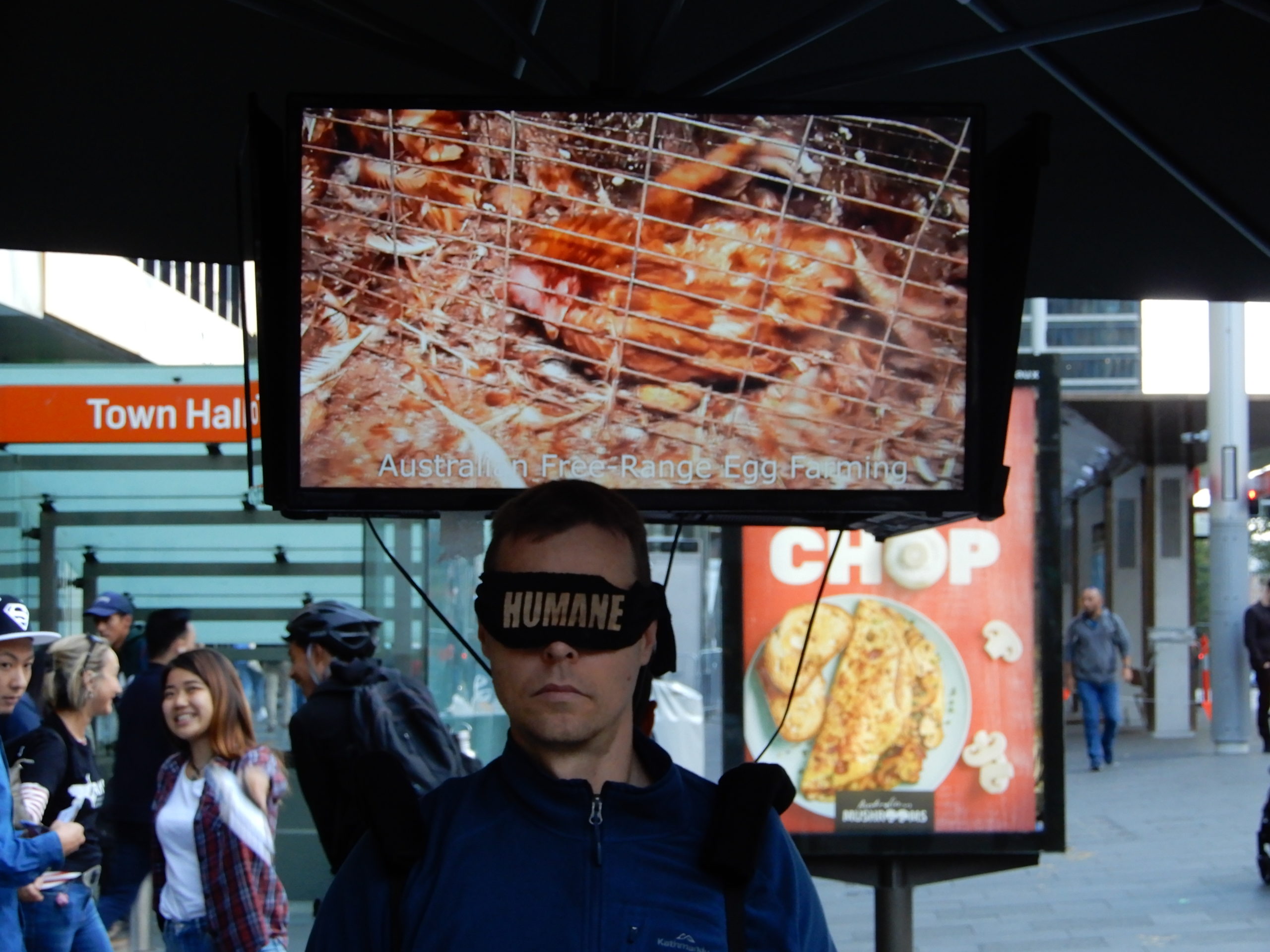
A disease most fowl
The COVID-19 death rate in Australia has been less than 1 percent of people infected. However, when you look at the death rate of the H5N1 virus – the bird flu – this disease, which was born out of poultry farming, takes the lives of 60 percent of those it infects.
Having first appeared in China in the mid-1990s, the H5N1 influenza strain has never spread in the extremely infectious manner that COVID-19 has recently. But, this highly deadly disease is still doing the rounds of the globe, with its ability to take lives intact.
“Chicken factory farms are especially dangerous,” Ms Hurst made clear. “With tens of thousands of birds crammed into a windowless shed, they have frequently produced viruses that mutate from a form found only in animals into a novel form that can be deadly to humans.”
According to Hurst, of the 16 strains of novel influenza viruses that have been identified by the United States Centre For Disease Control and Prevention, 14 of them emerged from factory farmed hens.
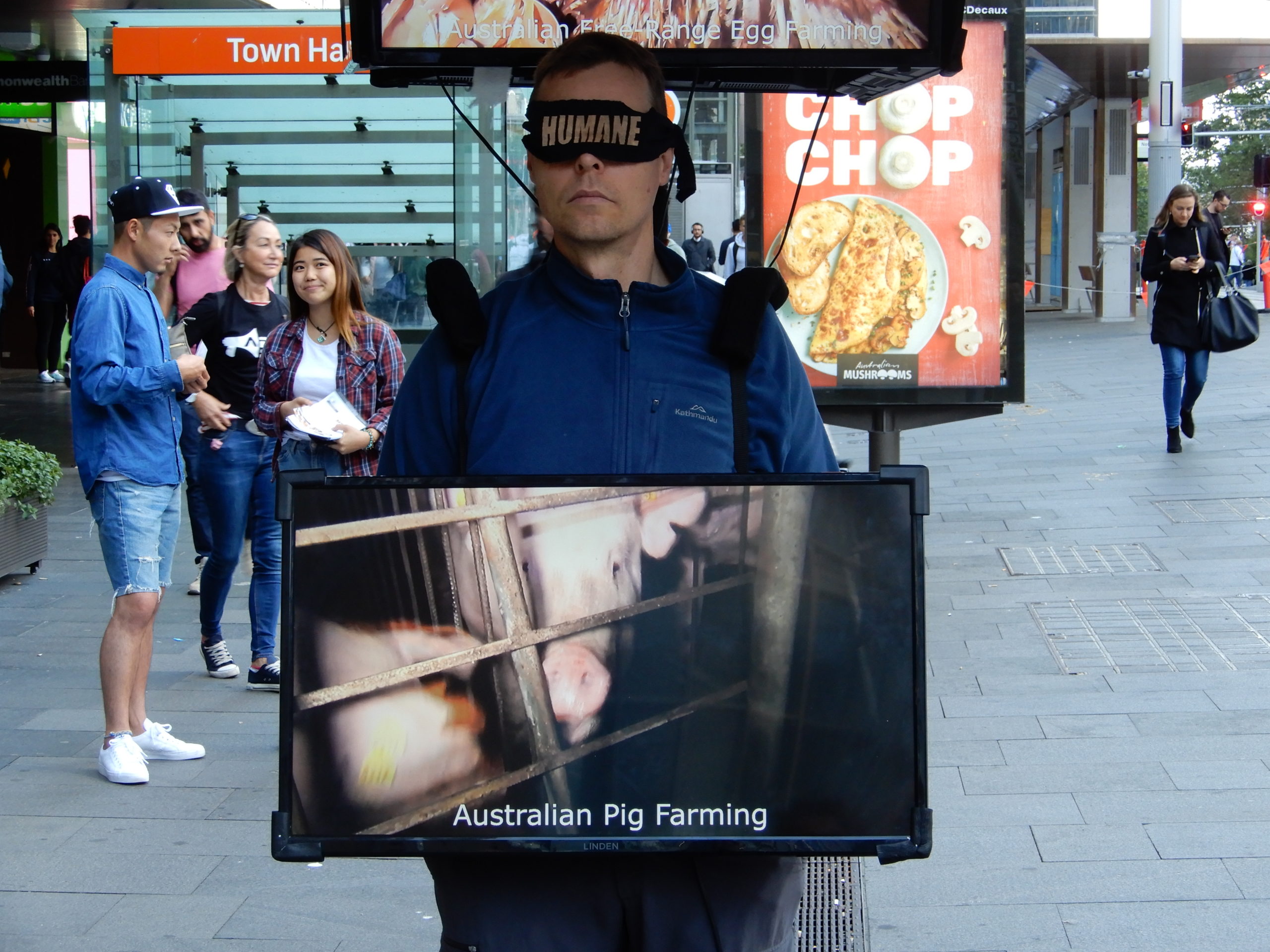
The drugs don’t work
Another key factor compounding the impact that factory farming animals is having upon human health, is its heavy reliance on antibiotics. Farmed animals are fed huge amounts of these drugs in order to counter the deplorable conditions they’re subjected to.
The overreliance on these beneficial drugs has two detrimental effects. The first is it creates superbugs, which are bacteria that antibiotics can no longer control. And then there’s the issue of human antibiotic-resistance, which means the drugs no longer treat people effectively.
“In chicken farms, the animals are routinely fed coccidiostats, an antibiotic-type drug,” Ms Hurst explained. “The animals are fed these drugs even if they do not have symptoms of the disease coccidiosis”, which occurs when birds are forced into contact with built-up oocysts found in waste.
“In other words, living in the build-up of faeces causes the animals to become sick,” she underscored.
The New York Times reported in April last year that a similar pattern is happening with antifungals, which has resulted in the spread of Candida auris, which is a drug-resistant fungus that kills almost half of the people it infects. This disease is currently making its way around the globe as well.
As Hurst points out, viruses, like COVID-19, can’t be treated with antibiotics, although there are numerous other illnesses that can. However, the increased use of these treatments in farming, and then their secondary consumption via meat eating, means they’re fast losing their ability to cure.
Beyond factory farming
Over the last half decade, Australian governments have been cracking down on animal rights activists. They’ve been passing laws that create even greater barriers to exposing the barbaric treatment of animals within farming. And the last 12 months have only seen this intensify.
The Animal Justice Party is calling upon the Berejiklian government to take the moment that this societal lockdown has provided to consider the benefits of transitioning away from animal agribusiness towards plant-based farming.
“Australia is the third fastest growing vegan market in the world,” Hurst said, adding that with the prevalence of plant-based alternatives, “there really is no need to continue to support outdated, cruel, environmentally-disastrous, and human health risking animal agribusiness practices.”
“The future of food is plant-based,” she concluded, “and Australia has the opportunity to be at the forefront of change.”




